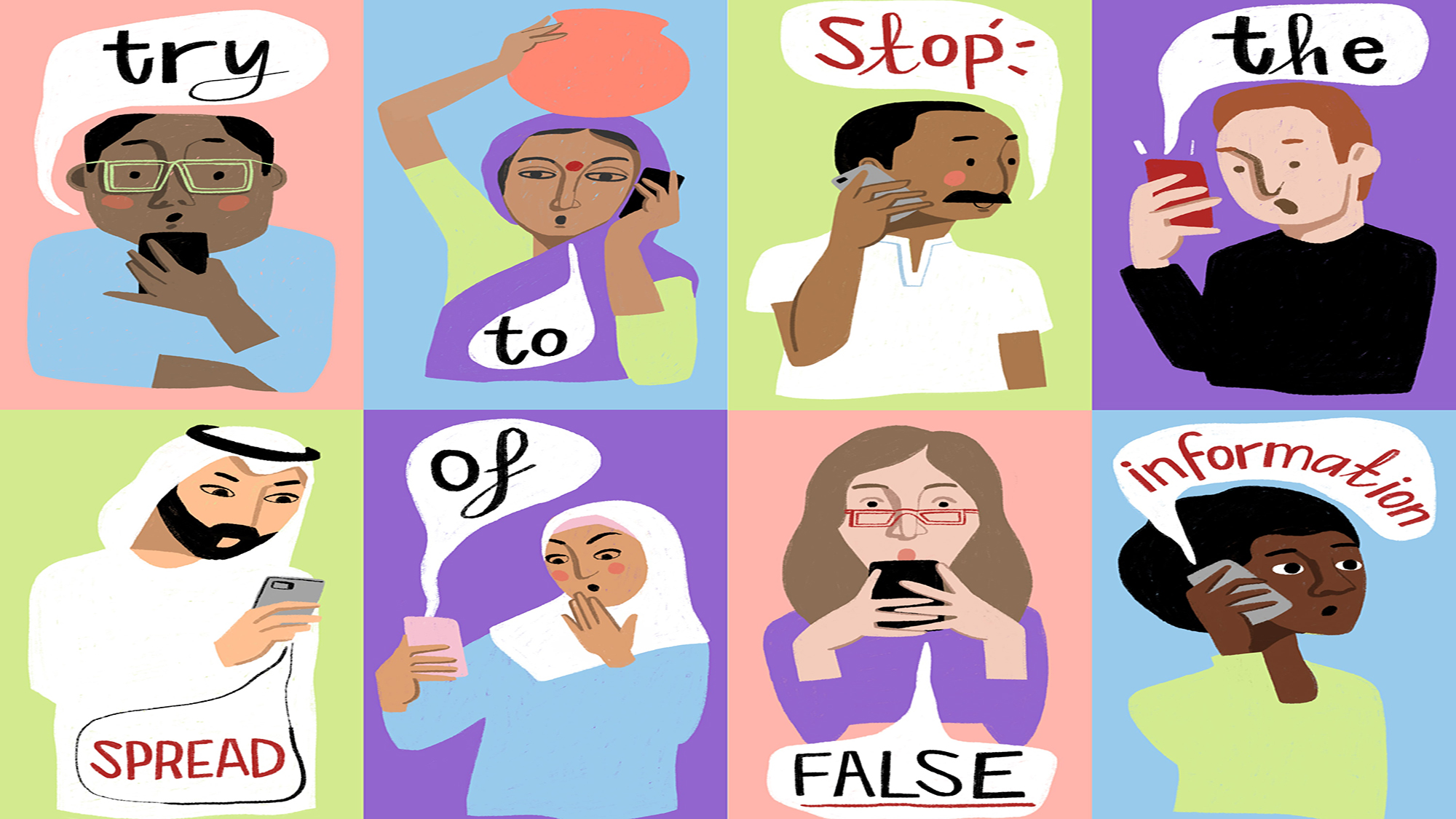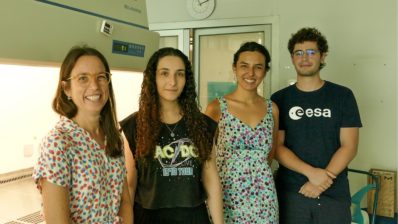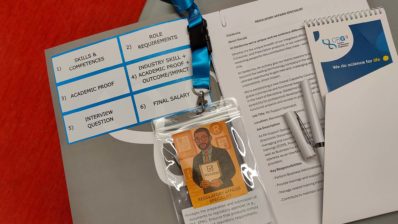Waking up to COVID19 discussions on the radio. Reading WhatsApps from friends and family between call and videoconference. Listening to the press conference. Watching the news. Following the Twitter thread. Clicking and reading the article, discussing it with your partner and resending…
Day after day, the COVID-19 crisis has led to an information avalanche difficult to handle for everyone. “The virus” has been installed in the fron headlines of all media and, in many cases, in our own biography.
In the maelstrom of scientific information about the coronavirus, alarming and non-rigorous messages have proliferated. In fact, a study by MIT published in Science and based on more than 126,000 news threads on Twitter, recently confirmed that the truth takes about six times more than a lie to reach 1,500 people on this social network.
Often it is in our hands (literally, on our mobiles) to prevent one of those “fake news” from continuing its virtual path beyond us. But how do you distinguish between real and fake scientific news?
Here I share the 5 tips that I have been giving these days and I continue to circulate among friends and family. I hope they can be of help to anyone who wants to read scientific news with a researcher’s spirit.
- Don’t just stick with the headline. It is important to review the details about the research presented in the article. It is not the same to say that an experiment demonstrates a fact than to say that it suggests that in the future an event could happen. Similarly, it is important to identify if the headline’s claims are based on research that has already been done, or if it is research that is ongoing but has not yet produced results.
- Find the original source. Identify which study or research the article refers to in order to have a look at it. Today, scientific studies related to COVID19 have proliferated, and around 2000 are published every week. However, part of this research has not yet been peer reviewed or officially published in any journal, so it is advisable to be particularly critical of articles based on these pending studies.
- Treat very surprising claims with skepticism. You must find out if you are facing a piece of research based on exceptional evidence, which would justify the surprise, or exaggerated or simply false news. Sometimes the news surprises us because we do not have a very deep knowledge of a subject. It is an opportunity to read an article or general news that talks about it, and that allows us to assess the veracity of the revolutionary news. For news related to global health, WHO has a very complete and updated portal with information on many topics of interest, such as planetary health, biodiversity or climate change.
- Double check the information. If a very flashy or alarmist news story only appears in one news medium, be skeptical and put on your scientist glasses. Do a search and confirm if you can find it on other websites or media. The UPF Center for Scientific Culture Studies shares on its website a selection of useful and rigorous information resources for both communication professionals and citizens about the Covid crisis.
- Do not forward or disseminate information that you have not critically appraised. Disinformation is everyone’s problem, and retweeting or forwarding a WhatsApp message without having reviewed the information can contribute to the spread of “fake news” or misleading news. Above all, be careful with messages that are supposed to come from health experts, such as the message falsely attributed to Unicef stating that drinking hot water could kill the coronavirus. Often a visit to the organization’s website or a quick internet search of the alleged experts can expose a false story.
How do I know if I have been a victim of a “fake new”?
The WHO has published a portal where it collects many of the “fake news” that have been circulating lately throughout the planet. In Spain, the website https://maldita.es also publishes a large number of detected “fake news” daily. But we can all detect and stop the massive sending of new false news through WhatsApp and social networks. In the case of images, we can look at whether they appear modified, or do a reverse search via “google images” to find out if the image corresponds to the message that accompanies it. In the case of news, following the five previous tips before spreading a message can in many cases prevent us from escalating untrue information.
Technology at the service of truth
Meanwhile, social media is also stepping to the challenge. WhatsApp has taken steps to prevent sending mass messages, and Twitter and Facebook are trying to direct users to trusted sources like the WHO to prevent the spread of sensational information. Indeed, citizens ask for clear measures against the global “infodemia” caused by viral disinformation through social networks – a disinformation that, according to health personnel, puts at risk the lives they are trying to save.
With artificial intelligence algorithms capable of detecting certain patterns that correspond to fake news, technology could indeed play an important role in the future of fake news. But the last decision is made by each and every one of us.
The experience of the pandemic has pointed to the need we have as a society to be able to critically interpret the complex problems that affect our planet (one health). And for this, a decent scientific culture and education are essential.
The coronavirus pandemic shows us that the scientific culture of society is essential to be able to critically interpret the complex problems that affect our planet.
We can all do our bit and contribute to a more informed and free society if we become aware and avoid spreading false news. So, before sharing or retweeting, always check the facts!







